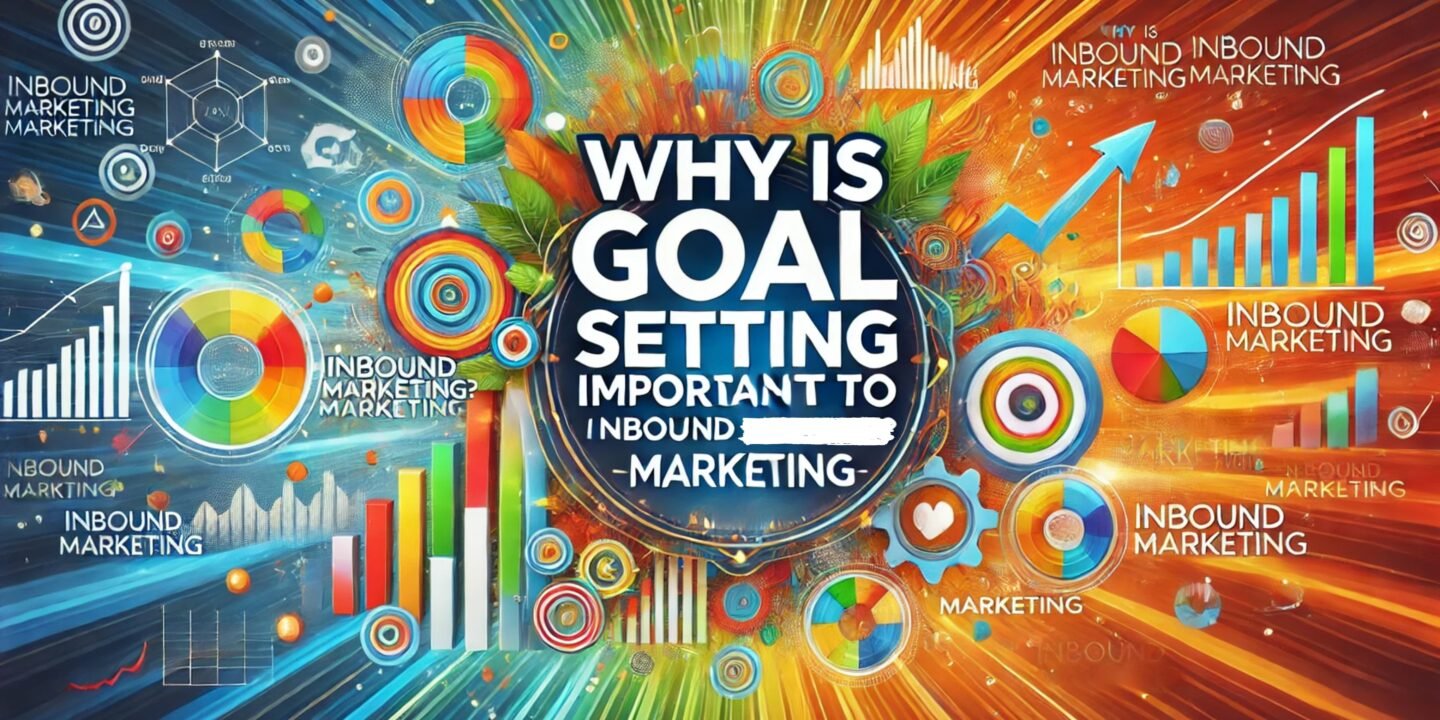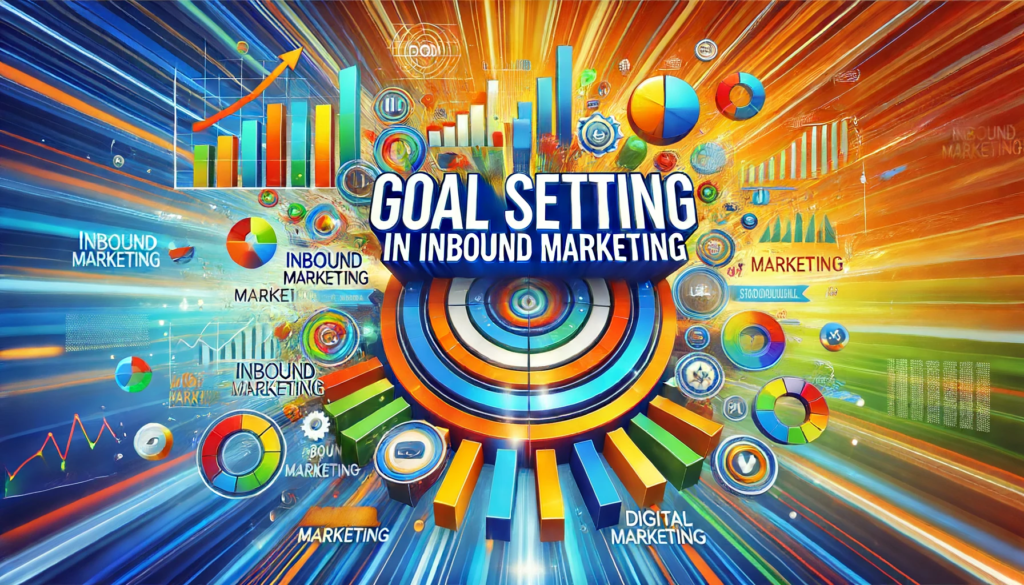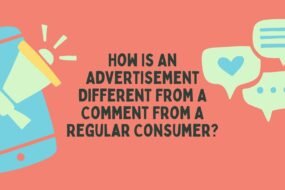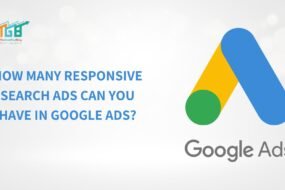
Inbound marketing has revolutionised how businesses attract, engage, and delight customers. Unlike traditional marketing, which often relies on interruptive techniques, inbound marketing focuses on creating valuable content that naturally attracts potential customers to your brand. However, to maximise the effectiveness of inbound marketing, it is crucial to set clear, strategic goals. This blog, “Why is Goal Setting Important to Inbound Marketing?” will explore the significance of goal setting in inbound marketing and how it drives sustained business success.
What is Inbound Marketing and How Does it Work?

Inbound marketing is a strategy that focuses on attracting customers through valuable content and experiences tailored to them. Unlike outbound marketing, which involves reaching out to potential customers, inbound marketing draws them in by providing solutions to their problems and building trust over time. It encompasses a variety of tactics, including content marketing, search engine optimisation (SEO), social media engagement, and email marketing.
Inbound marketing involves attracting, engaging, and delighting customers. The goal is to create meaningful, lasting relationships with prospects and customers. Businesses can convert strangers into brand promoters by offering value at every stage of the buyer’s journey.
Why is Goal Setting Important to Inbound Marketing?
Goal setting is a critical component of any successful inbound marketing strategy. Without clear, defined goals, measuring success, tracking progress, and making necessary adjustments is challenging. Goals provide direction and focus, ensuring all marketing efforts align with the business objectives.
Setting specific goals in inbound marketing offers numerous benefits:
- Clarity and Focus: Specific goals provide a clear direction, helping marketing teams to focus their efforts on what truly matters. This clarity ensures that all actions are aligned with the overall marketing strategy.
- Improved Decision-Making: With well-defined goals, marketers can make informed decisions. They can prioritise tasks, allocate resources efficiently, and choose the best strategies to achieve the desired outcomes.
- Enhanced Accountability: Specific goals create a sense of accountability within the marketing team. Each team member knows their responsibilities and what is expected of them, leading to improved performance and productivity.
- Better Measurement and Analysis: Clear goals enable marketers to measure success more accurately. They can track key performance indicators (KPIs), analyse results, and make data-driven decisions to optimise their strategies.
What Are the Importance of Goal Setting in Various Aspects of Inbound Marketing?

Goal setting is a critical component in various aspects of inbound marketing, providing direction, motivation, and a framework for measuring success. Here’s a detailed look at its importance in different areas of inbound marketing:
How Does Goal Setting Impact Content Creation?
Content is at the heart of inbound marketing. Setting goals for content creation helps ensure that the content produced is relevant, valuable, and aligned with the target audience’s needs. Here are a few ways goal setting impacts content creation:
- Targeted Content: With specific goals in mind, marketers can create content that addresses their target audience’s pain points and interests. This targeted approach increases the chances of attracting and engaging potential customers.
- Consistent Messaging: Goal setting ensures the content is consistent with the brand’s messaging and values. This consistency helps build trust and credibility with the audience.
- Content Variety: Goals help in planning and diversifying content types. By setting objectives for different formats, such as blog posts, videos, infographics, and ebooks, marketers can cater to various audience preferences.
- SEO Optimization: Goals related to SEO can guide content creation to improve search engine rankings. Marketers can increase their visibility and drive organic traffic by targeting specific keywords and optimising content.
What Role Does Goal Setting Play in Social Media Marketing?
Social media is a powerful tool for inbound marketing, and setting goals is crucial for leveraging its full potential. Here are some ways goal setting influences social media marketing:
- Strategic Planning: Goals provide a framework for creating a social media strategy. Marketers can plan their posts, campaigns, and engagement tactics to align with their marketing objectives.
- Audience Engagement: Setting goals for audience engagement helps craft content that resonates with followers. Marketers can aim to increase likes, shares, comments, and overall interaction with their content.
- Brand Awareness: Goals related to brand awareness can guide social media efforts to reach a broader audience. Marketers can expand their brand’s visibility by setting follower growth and achieving targets.
- Performance Tracking: Goals enable marketers to track social media performance effectively. By monitoring metrics such as engagement rates, click-through rates, and conversion rates, they can assess the success of their campaigns and make necessary adjustments.
How Do Goals Influence SEO Strategies?
Search engine optimisation (SEO) is a critical component of inbound marketing. Goal setting plays a significant role in shaping effective SEO strategies. Here’s how:
- Keyword Targeting: Goals related to keyword rankings help identify and target the right keywords. Marketers can focus on optimising their content to rank higher for specific search terms their audience is searching for.
- Content Optimization: Setting goals for on-page SEO ensures that content is optimised for search engines. This includes using relevant keywords, optimising meta tags, and improving page load speed.
- Link Building: Goals for link building guide efforts to acquire high-quality backlinks. This improves the website’s authority and boosts search engine rankings.
- Local SEO: For businesses targeting local customers, setting goals for local SEO can enhance visibility in local search results. This includes optimising Google My Business profiles, acquiring local reviews, and targeting local keywords.
What Impact Do Goals Have on Lead Generation?
Lead generation is a primary objective of inbound marketing, and setting goals is essential for achieving success in this area. Here’s how goal setting impacts lead generation:
- Lead Quality: Goals help in defining the criteria for high-quality leads. This ensures that marketing efforts focus on attracting prospects who are more likely to convert into customers.
- Lead Nurturing: Setting goals for lead nurturing helps create effective strategies to engage and educate leads throughout the buyer’s journey. This includes email marketing campaigns, personalised content, and targeted offers.
- Conversion Optimization: Goals related to conversion rates guide efforts to optimise landing pages, forms, and calls-to-action (CTAs). This increases the chances of converting visitors into leads.
- Metrics Tracking: Goals enable marketers to track lead generation metrics such as the number of leads, lead conversion rate, and cost per lead. This helps assess the effectiveness of lead generation strategies and make data-driven improvements.
How Does Goal Setting Enhance Customer Retention?
Customer retention is a key aspect of inbound marketing. Setting goals for customer retention ensures that efforts are directed towards building long-term customer relationships. Here’s how goal setting enhances customer retention:
- Customer Engagement: Customer engagement goals help create strategies to keep customers engaged with the brand. These include personalised communication, loyalty programs, and exclusive offers.
- Customer Satisfaction: Setting goals ensures that efforts are made to provide exceptional customer experiences. This includes improving customer support, gathering feedback, and addressing customer concerns promptly.
- Upselling and Cross-selling: Goals related to upselling and cross-selling guide efforts to offer additional value to existing customers. This includes personalised product recommendations and targeted marketing campaigns.
- Churn Reduction: Goals for reducing customer churn help identify at-risk customers and implement retention strategies. This includes proactive communication, offering incentives, and addressing issues that may lead to churn.
How Can Businesses Align Marketing Goals with Overall Business Objectives?
Aligning marketing goals with overall business objectives is crucial for achieving long-term success. Here’s how businesses can ensure alignment:
- Collaborative Planning: Involving key stakeholders in the goal-setting process ensures that marketing goals are aligned with the broader business objectives. This includes collaboration between marketing, sales, and executive teams.
- Clear Communication: Communicating marketing goals clearly across the organisation ensures that everyone understands the objectives and their role in achieving them. This fosters a sense of unity and purpose.
- Performance Metrics: Using performance metrics that align with business goals helps track progress and measure success. This includes revenue growth, customer acquisition, and market share KPIs.
- Regular Review: Regularly reviewing and adjusting marketing goals ensures they remain aligned with the changing business landscape. This includes conducting quarterly or annual reviews to assess progress and make necessary adjustments.
What Are the Key Steps to Setting Effective Inbound Marketing Goals?
Setting effective inbound marketing goals involves several key steps:
- Identify Business Objectives: Start by identifying the overall business objectives. This provides a foundation for setting marketing goals that support these objectives.
- Conduct a SWOT Analysis: Conduct a SWOT analysis to identify strengths, weaknesses, opportunities, and threats. This helps you understand your current market position and set realistic goals.
- Define SMART Goals: Set specific, measurable, achievable, relevant, and time-bound (SMART) goals. This ensures that goals are clear, realistic, and trackable.
- Develop a Strategy: Develop a strategy to achieve the goals. This includes identifying the target audience, creating a content plan, and selecting the right marketing channels.
- Implement and Monitor: Implement the marketing strategy and monitor progress regularly. Use analytics tools to track performance and make data-driven adjustments as needed.
- Review and Adjust: Conduct regular reviews to assess progress and make necessary adjustments. This ensures that goals remain relevant and aligned with the overall business objectives.
Conclusion
Goal setting is a fundamental aspect of inbound marketing that drives success. It provides direction, enhances focus, and ensures all marketing efforts align with the business objectives. By setting specific, measurable, achievable, relevant, and time-bound goals, businesses can create effective strategies, optimise their marketing efforts, and achieve long-term growth. Whether it’s improving content creation, enhancing SEO, boosting social media engagement, or generating high-quality leads, goal setting plays a crucial role in every aspect of inbound marketing.








No Comments